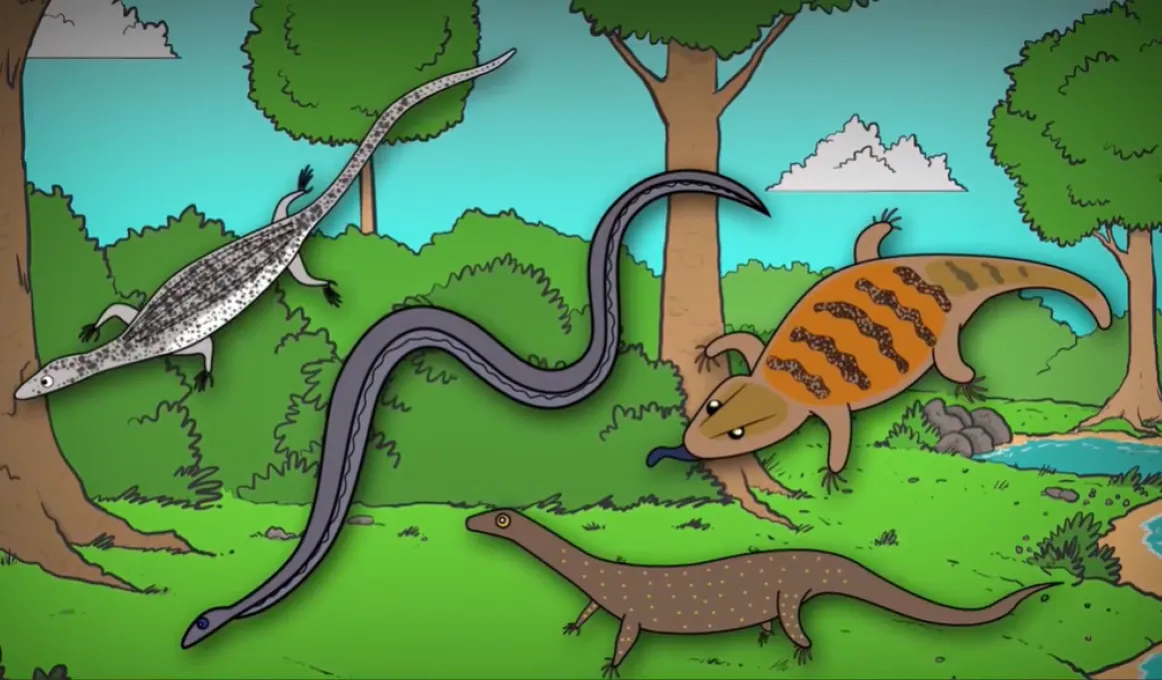Have your say on the future of four of our iconic reptiles

The Threatened Species Scientific Committee at the Department of Agriculture, Water and the Environment are assessing three iconic lizards and a specialist frog eating snake for eligibility as threatened species
Have you seen the Northern Blue-tongue Lizard, Mitchell’s and Merten’s Water Monitors, and Grey Snake on your country?
The Threatened Species Scientific Committee are assessing three iconic lizards and a specialist frog eating snake for eligibility as threatened species:
- Mitchell’s Water Monitor (Varanus mitchelli)
- Mertens Water Monitor (Varanus mertensi)
- Northern Blue-tongue lizard (Tiliqua scincoides intermedia)
- Grey Snake (Hemiaspis damelii)
Your input will assist the committee with its assessment of whether these species are eligible for listing under national environmental law.
All four species proposed for listing occur across large expanses of Indigenous and pastoralist-managed remote lands in Western Australia, Northern Territory, Queensland and New South Wales.
The species are threatened by poisoning from consuming Cane Toads, as well as loss and degradation of their habitats.
Public consultation is an important part of the committee’s assessment of native species and ecological communities.
Listing species as threatened under environmental law is an important first step in protecting them and ensuring their long-term survival.
Species don’t just get put on the threatened list, they have to meet criteria prescribed in law, based on scientific evidence.